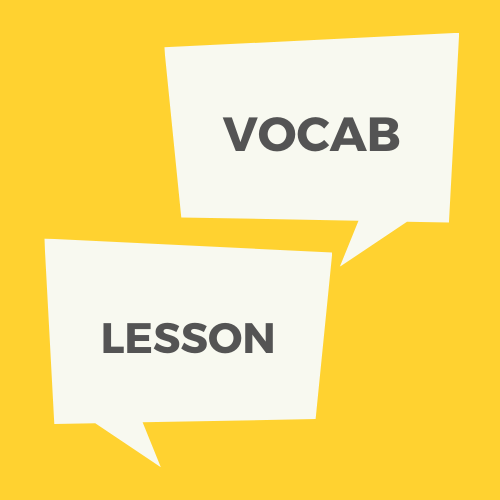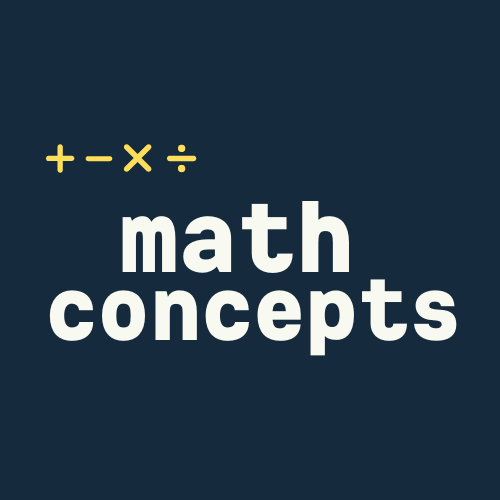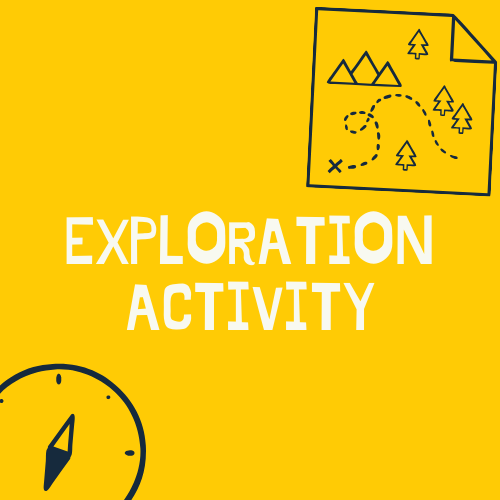Subtraction
Learn about subtraction.
Overview
Students learn about subtraction by singing a song and playing a game.
Materials
Goals
Objectives
Common Core State Standards
Next Generation Science Standards
Materials
Vocabulary Lesson
-
-
Computer or other device with internet + speakers
-
Math Concepts Lesson
-
- Computer or other device with internet + speakers
Optional:
-
- “5 Yellow Meli Bee Song Lyrics”
- “Pua and Beehive Cutouts”
- “5 Yellow Meli Bee Puppets”
- Scissors
- Tape or glue
- 5 Chopsticks (or straws, pencils, popsicle sticks, etc.)
Exploration Activity
-
- “Take It Away Game Cards” or
- Optional: 10 of any item in your house (such as 10 socks, or 10 shoes, or 10 toys, or 10 spoons, or 10 candies, or 10 crayons, or 10 of anything!)
Discovery Lesson
You will need a number line. You can make the number line using any of the following materials:
-
- Tape, a marker, and about 30 blank pieces of paper; or
- Painter’s or masking tape and a permanent marker; or
- Sidewalk chalk
You will also need a parent or guardian.
Goals
-
-
- Build upon counting skills to learn subtraction;
- Think about what things we can subtract;
- Learn to use language and signs associated with subtraction;
- Practice subtracting objects;
- Recognize numbers 1 to 31;
- Learn what a number line is;
- Visually see how numbers relate to each other using a number line; and
- Practice adding and subtracting.
-
Objectives
- Learn a song to practice subtracting;
- Learn how to count backwards to subtract;
- Write subtraction and equal signs and place them in the correct positions in an equation;
- Subtract objects used in ancient Hawaiʻi;
- Run/walk on a number line to identify numbers;
- Count as they move along the line; and
- Take steps forward or backward on the number line to represent adding and subtracting respectively.
Common Core State Standards
CCSS.Math.Content.K.CC.B.4.b
Understand that the last number name said tells the number of objects counted. The number of objects is the same regardless of their arrangement or the order in which they were counted.
CCSS.Math.Content.1.OA.D.7
Understand the meaning of the equal sign.
CCSS.Math.Content.K.CC.A.2
Count forward beginning from a given number within the known sequence (instead of having to begin at 1).
CCSS.Math.Content.K.OA.A.1
Represent addition and subtraction with objects, fingers, mental images, drawings1, sounds (e.g., claps), acting out situations, verbal explanations, expressions, or equations.
CCSS.Math.Content.K.OA.A.5
Fluently add and subtract within 5.
CCSS.Math.Content.1.OA.D.8
Determine the unknown whole number in an addition or subtraction equation relating three whole numbers. For example, determine the unknown number that makes the equation true in each of the equations 8 + ? = 11, 5 = _ – 3, 6 + 6 = _.
Next Generation Science Standards
K-LS1-1.
Use observations to describe patterns of what plants and animals (including humans) need to survive.
LS1.C:
All animals need food in order to live and grow. They obtain their food from plants or from other animals. Plants need water and light to live and grow.
ESS3.A:
Natural Resources. Living things need water, air, and resources from the land, and they live in places that have the things they need. Humans use natural resources for everything they do. (K-ESS3-1)




